Discover the Purple-Faced Langur, an endangered primate found in Sri Lanka. Learn about its habitat, behavior, subspecies, and conservation efforts.
Introduction to Purple-Faced Langur
The Purple-Faced Langur (Semnopithecus vetulus), also called the purple-faced leaf monkey, is a rare and endangered primate unique to Sri Lanka. Found in rainforests, suburban areas, and mountainous regions, this shy and arboreal monkey faces significant threats due to habitat loss and urbanization. Known in Sinhala as the “Sri Lanka black monkey,” this species plays a vital role in the island’s biodiversity.
Physical Characteristics of Purple-Faced Langur
The Purple-Faced Langur has a distinctive brownish coat, purplish-black face, and white sideburns. Adult males are larger than females.
- Males: Head-body length: 50-67 cm; Tail length: 67-85 cm
- Females: Head-body length: 45-60 cm; Tail length: 59-82 cm
The langur’s fur varies among its subspecies, with some having a silvery rump or darker coats adapted to their environments. The species weighs between 3.8 kg and 18 kg, depending on the subspecies and gender.
Male purple-faced langurs are often larger than females, and this is true for all langurs. Purplish-black faces with white sideburns are characteristic of the species. Smallest subspecies (S. v. nestor) is the smallest and weighs between 3.8 and 6 kg
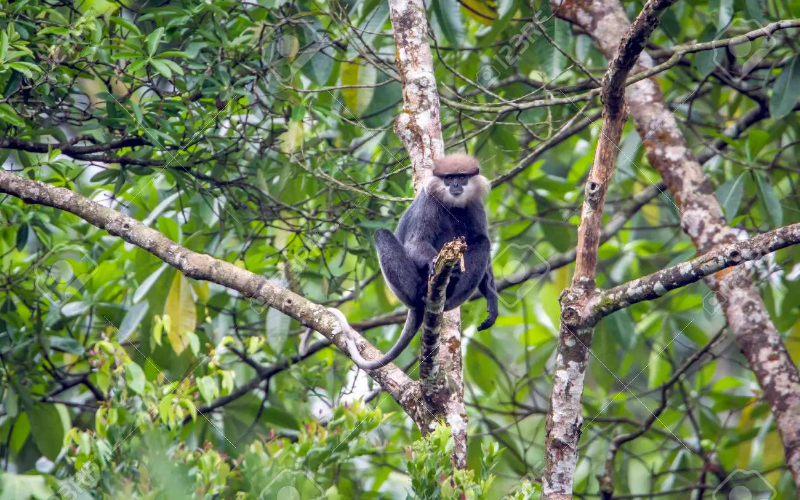
Subspecies of Purple-Faced Langur
Sri Lanka is home to four recognized subspecies of the Purple-Faced Langur:
subspecies of the Purple-Faced Langur:
- Southern Purple-Faced Langur (S. v. vetulus)
- Found in the lowland wet zone.
- Features: Black upper body, light brown cap, silvery rump patch, and white whiskers.
- Western Purple-Faced Langur (S. v. nestor)
- Smallest subspecies, located in wet zones.
- Features: Dark grayish-brown body, light gray rump patch, and white cap.
- Dry Zone Purple-Faced Langur (S. v. philbricki)
- Found in the dry zone.
- Features: Grayish-brown body, dark head, and prominent white cheek tufts.
- Montane Purple-Faced Langur (S. v. monticola)
- Inhabits cool mountainous regions.
- Features: Long shaggy fur, dark grayish coat, and pale white rump patch.
A possible fifth subspecies, S. v. harti, has been reported in the Jaffna Peninsula with distinct golden hair.
There are 4 recognized subspecies of the Sri Lankan elephant. Purple-faced langur, Semnopithecus vetulus vetulus, is found in the southern lowland wetzone. The white variants of this subspecies can be found in large numbers. The western purple-faced langur is one of the world’s most endangered primates. A putative subspecies of Semnopithecus vetulus harti has been identified. This subspecies has yellowish golden hair on its head and a golden gloss to its fur.
Habitat and Distribution of Purple-Faced Langur
The Purple-Faced Langur thrives in Sri Lanka’s wet zone forests, including:
- Sinharaja Rainforest
- Horton Plains National Park
- Kithulgala
- Galle’s lowland forests
Deforestation has reduced forest cover to less than 3% of the island’s land area, forcing langurs into fragmented and human-dominated landscapes.
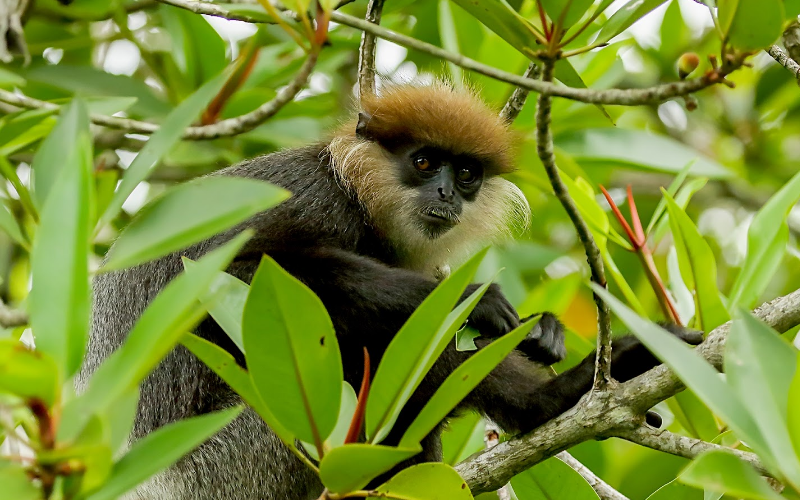
Behavior and Ecology of Purple-Faced Langur
📙Diet: Primarily folivores, they also consume fruits, flowers, and seeds. They prefer native leaves and fruits like jak, mango, and rambutan but can adapt to cultivated crops when necessary.
📙Communication: Known for loud whooping and barking calls, especially in territorial disputes. Vocalizations are crucial for group coordination and predator alerts.
📙Group Structure: Most groups consist of one adult male, several females, and offspring.
📙Predators: Leopards, eagles, and pythons are their primary threats, while young langurs may fall prey to large birds of prey.
Conservation Efforts
The Purple-Faced Langur is one of the 25 most endangered primates globally. Conservation measures include:
- Replacing pine plantations with native flora.
- Protecting and restoring rainforests.
- Educating locals on the ecological importance of langurs.
- Building rope bridges to reduce road accidents.
Conclusion
The Purple-Faced Langur symbolizes Sri Lanka’s rich biodiversity and ecological heritage. Witnessing this magnificent primate in its natural habitat is a unique experience. Join Ceylon Wild Tours to explore these rainforests and learn about the conservation of these rare animals. Book your tour today and help protect the Purple-Faced Langur for future generations.
Best Tours in Sri Lanka
Discover the best tours in Sri Lanka, where every journey unveils a new wonder. Explore ancient ruins, lush tea plantations, golden beaches, and vibrant wildlife. Experience the magic of this tropical paradise like never before!
Best Hotels
Experience luxury and comfort at the best hotels in Sri Lanka. From serene beachfront resorts to charming hill-country retreats, enjoy world-class hospitality, stunning views, and unforgettable stays tailored to your every need.🛌
Flight Booking
Looking to take off on your next adventure? Book your flights with ease and confidence! Whether it’s a dream vacation, a quick getaway, or a business trip, our flight booking service offers unbeatable deals, flexible options, and seamless convenience. Compare airlines, find the best routes, and secure your tickets in just a few clicks. With 24/7 customer support and exclusive discounts, the skies have never been friendlier. Start your journey today and make every mile memorable! ✈️


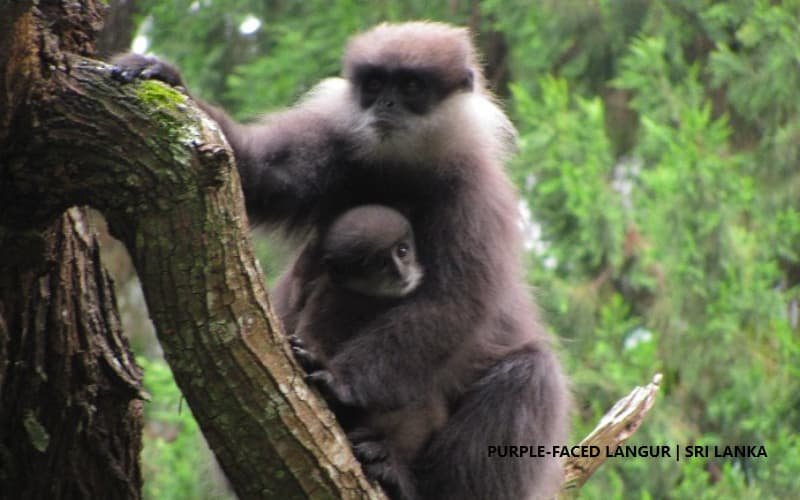
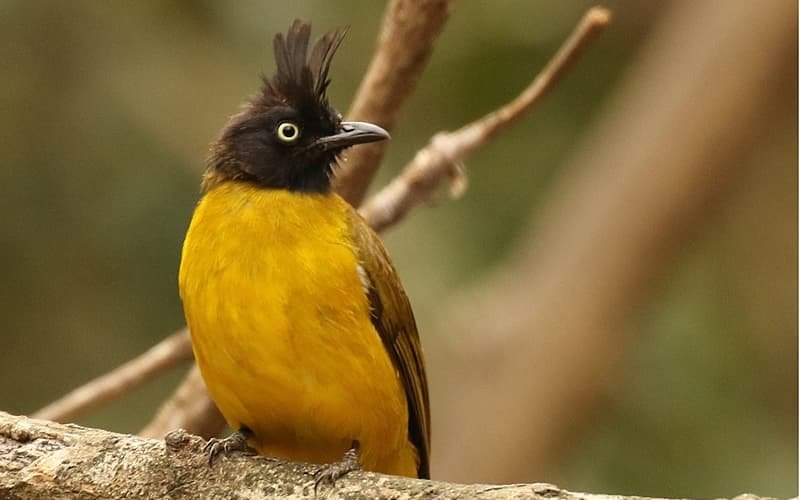
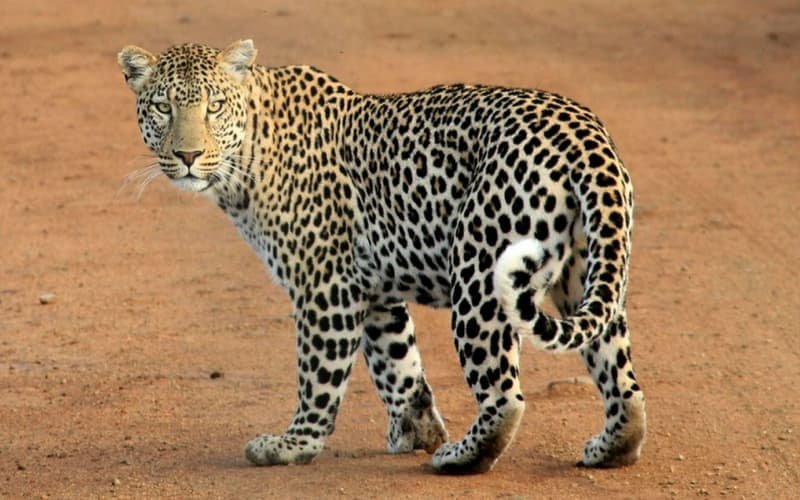
Useful information
Thank you very much for sharing, I learned a lot from your article. Very cool. Thanks.